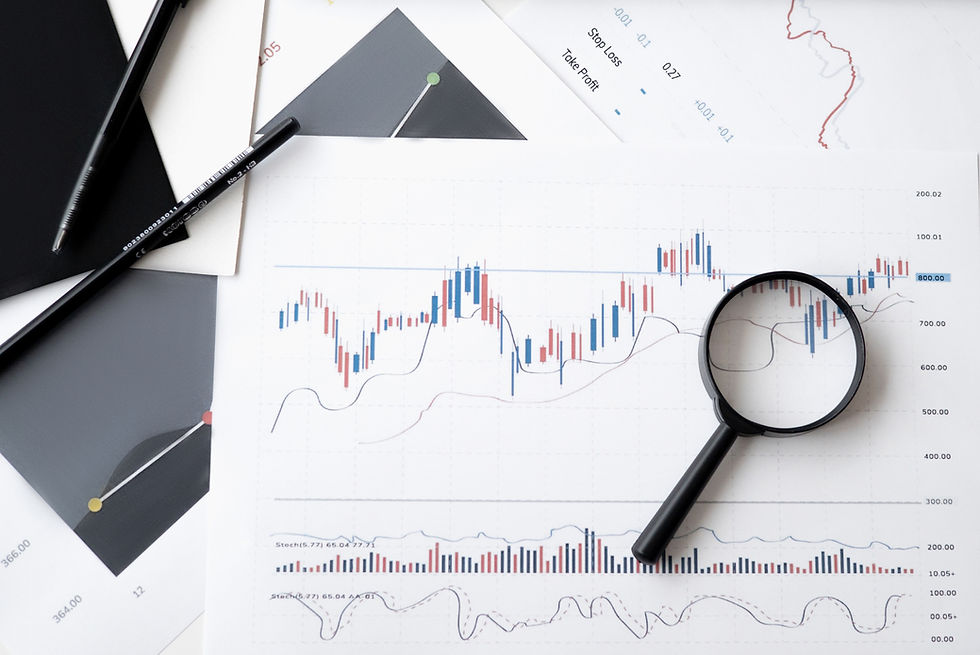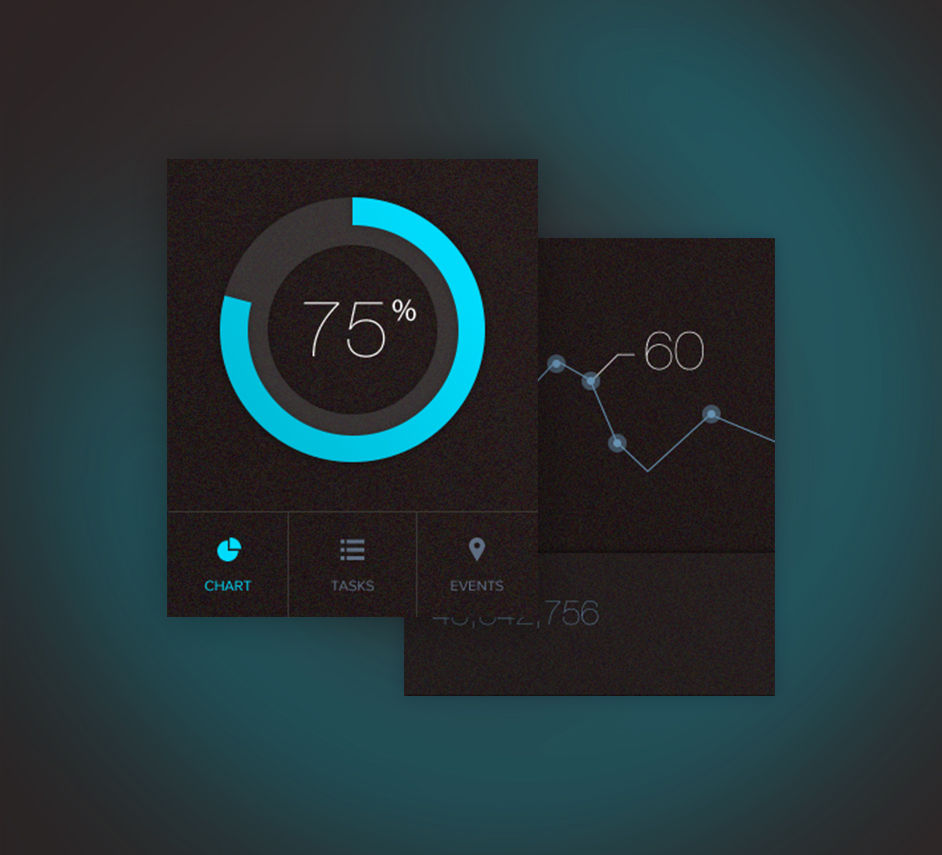Mastering Hotel Revenue Forecasting: The Ultimate Guide to Boost Profitability
- Optima Danışmanlık

- Jan 21
- 3 min read
The hospitality industry is characterized by fluctuating demand and intense competition. As a result, hotel revenue forecasting has become a cornerstone of strategic decision-making, enabling hoteliers to optimize pricing, marketing, and operational strategies. This guide provides an in-depth look into hotel revenue forecasting, its best practices, and actionable insights to boost your hotel’s profitability.
1. What is Hotel Forecasting?
Hotel revenue forecasting is the strategic process of analyzing historical performance data, current market conditions, and future expectations to predict revenue. It helps hoteliers optimize room rates, allocate resources effectively, and improve overall profitability. In essence, revenue forecasting serves as the foundation for both short-term and long-term decision-making.
2. What is a Hotel Availability Forecast?
A hotel availability forecast (Occupancy Forecast) predicts the number of rooms available for sale during a specific period by subtracting expected occupancy from the total room inventory. This forecast is crucial for developing pricing and promotional strategies.
Key considerations for availability forecasting include:
Historical Data: Metrics like past occupancy rates, ADR (Average Daily Rate), and RevPAR (Revenue Per Available Room).
Seasonality: Seasonal fluctuations and special occasions.
Market Trends: Competitor pricing strategies and the impact of local events.
3. The Importance of Forecasting in the Hotel Industry
Accurate and comprehensive forecasting plays a critical role in a hotel’s strategic planning processes. Key benefits include:
Revenue Optimization: Setting room rates accurately to maximize revenue.
Resource Management: Efficient utilization of staff, inventory, and operational resources.
Competitive Advantage: Responding proactively to market changes and outperforming competitors.
4. How to Read Revenue Forecast Reports in Hotels
Revenue forecast reports provide vital insights into a hotel’s financial performance and opportunities for growth. Key components to focus on include:
ADR (Average Daily Rate): The average revenue generated per occupied room.
RevPAR (Revenue Per Available Room): A measure of overall revenue performance.
Occupancy Rate: The percentage of rooms sold during a given period.
Historical Data and Trends: Analyze past performance to anticipate future demand.
Market Segmentation: Identify and cater to specific customer groups like business travelers and vacationers.
5. How to Forecast Hotel Revenue Effectively
Follow these steps to create effective revenue forecasts:
Data Collection: Analyze historical booking trends, occupancy rates, and ADR.
Leverage Technology: Use AI-based tools and automated systems for greater accuracy.
Regular Revisions: Continuously update forecasts with weekly or monthly reviews.
6. Hotel Forecasting Methods to Use
There are several methods for hotel forecasting, including:
Historical Data Analysis: Forecasts based on past performance metrics.
Market Segmentation Analysis: Tailoring forecasts to specific customer segments.
External Factor Consideration: Evaluating economic, political, and seasonal influences.
7. Understanding Demand Forecasting in the Hotel Industry
Demand forecasting predicts guest numbers and helps optimize pricing, staffing, and marketing strategies. Key aspects include:
Booking Pace: Monitor reservation rates to gauge demand.
Local Events: Account for holidays and events that may impact demand.
Technology Adoption: Leverage advanced tools for precise and automated forecasts.
8. Hotel Revenue Forecasting Best Practices
Adopt these best practices to enhance your revenue forecasting process:
Data Accuracy: Ensure data reliability and eliminate errors.
Competitor Analysis: Stay informed about market trends and competitor strategies.
Error Analysis: Learn from past mistakes to improve future forecasts.
ADR, RevPAR, and Occupancy Rate Calculation Formulas
1. Average Daily Rate (ADR)
ADR represents the average revenue generated per occupied room:
Formula: ADR = Total Room Revenue / Number of Rooms Sold
2. Revenue Per Available Room (RevPAR)
RevPAR measures overall revenue performance and can be calculated in two ways:
Formulas: RevPAR = ADR × Occupancy Rate or RevPAR = Total Room Revenue / Total Available Rooms
3. Occupancy Rate
Occupancy rate indicates the percentage of occupied rooms:
Formula: Occupancy Rate = (Number of Rooms Sold / Total Available Rooms) × 100
Conclusion
Hotel revenue forecasting is an indispensable tool for operational success and financial sustainability. Optima Online Hotel Management leverages industry expertise and innovative technological solutions to help hoteliers maximize revenue. Contact us to learn more and optimize your forecasting strategies.




Comments